#Pierre Mignard I
Text

Pierre Mignard I
#pierre mignard i#pierre mignard#art#artwork#fine art#fineart#painting#art history#history of art#women in art
12 notes
·
View notes
Text

Pierre Mignard I, circle of (French, 1612-1695)
Portrait of a Lady, three-quarter-length, in a white silk dress and a blue shawl, arranging flowers, 17th century
#this is not Claude de Vin des Œillets#Pierre Mignard I#french art#art#fine art#european art#female portrait#female#portrait#portrait of a lady#women in art#european fashion#classical art#traditional art#mediterranean#europe#european#europa#oil painting#fine arts#brunette#woman#black eyes#brown eyes#spring
32 notes
·
View notes
Text
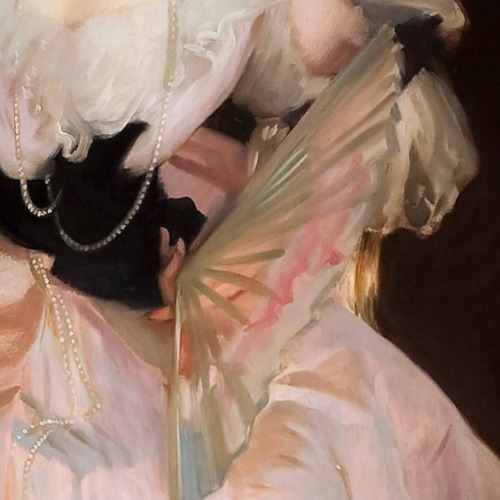
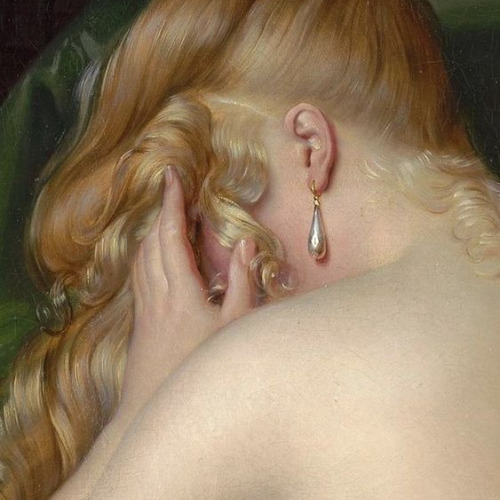
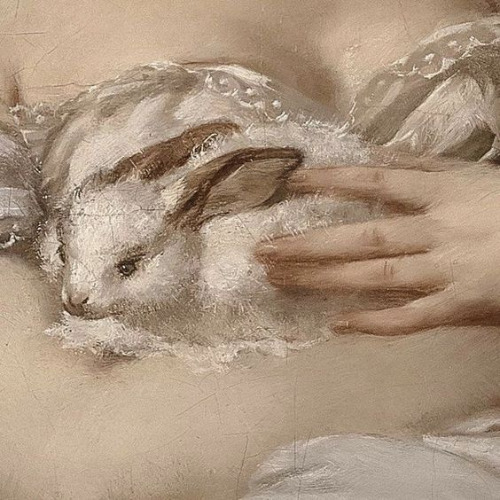
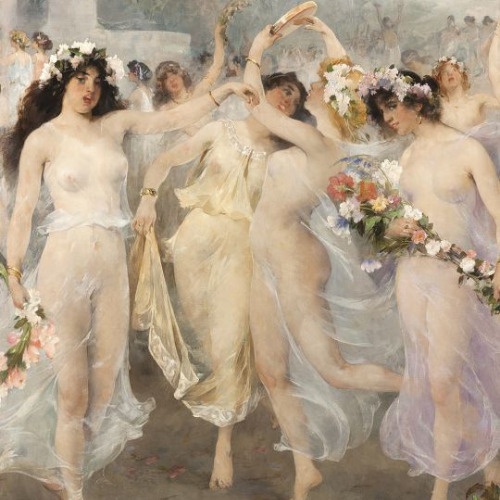


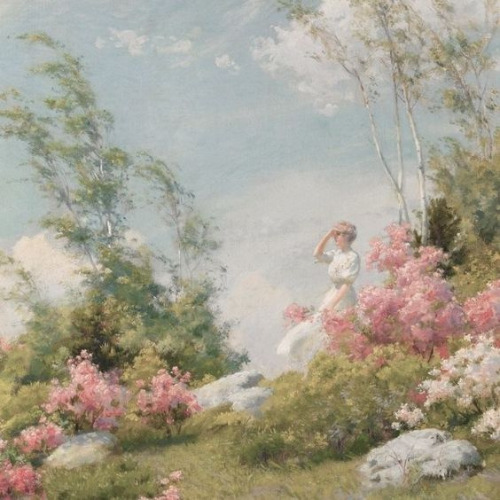


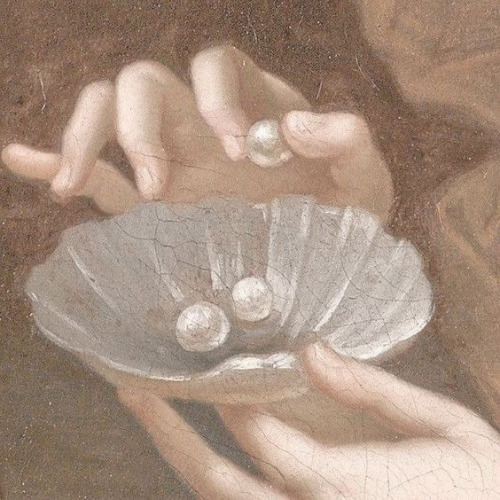
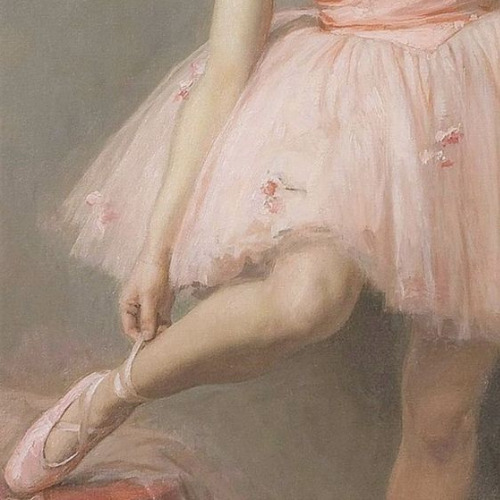
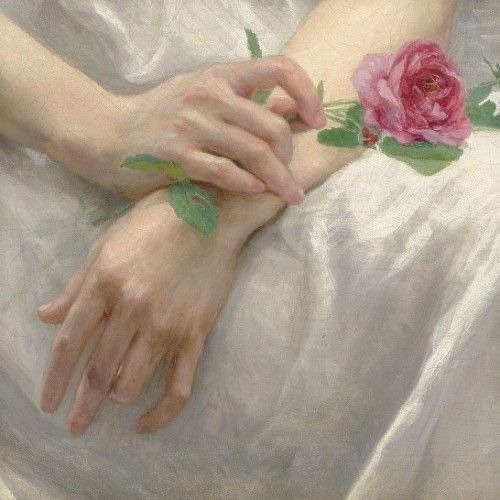
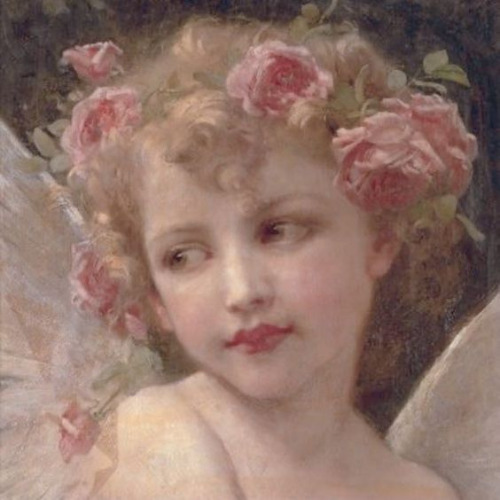
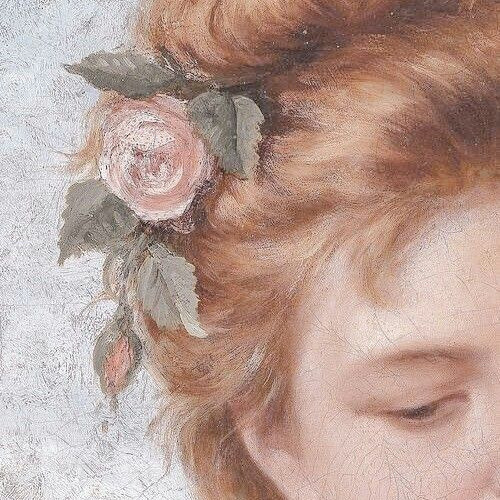
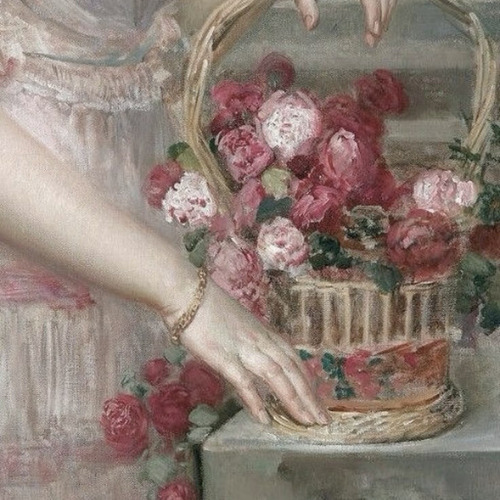

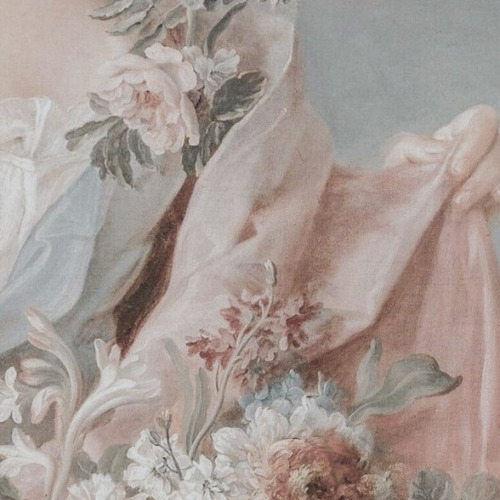
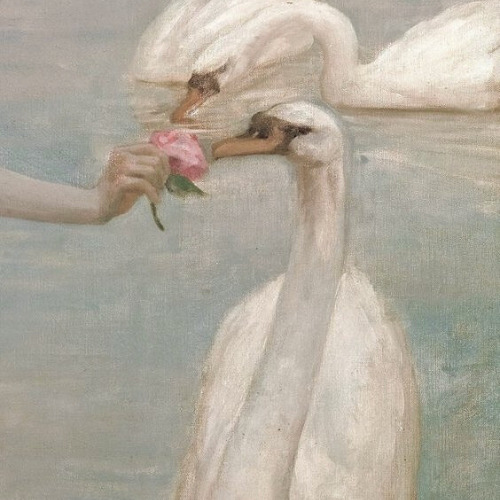
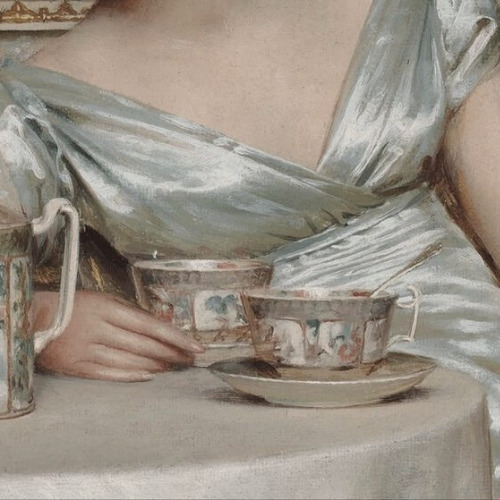
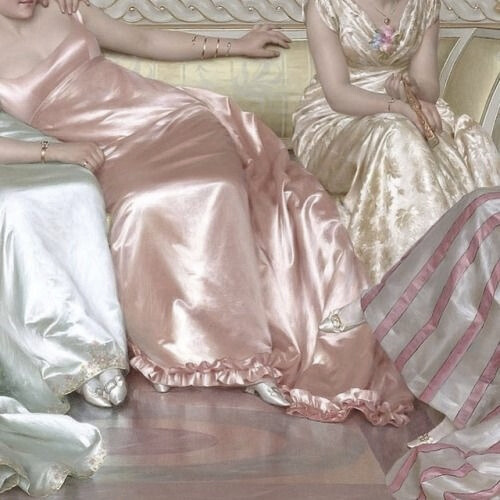

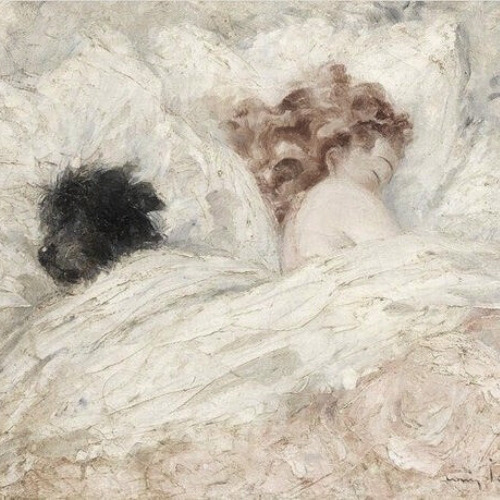
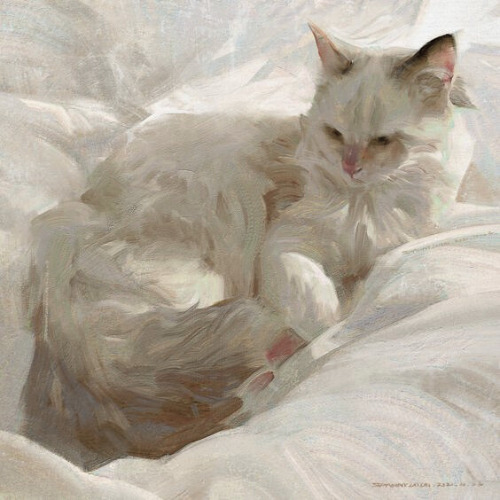
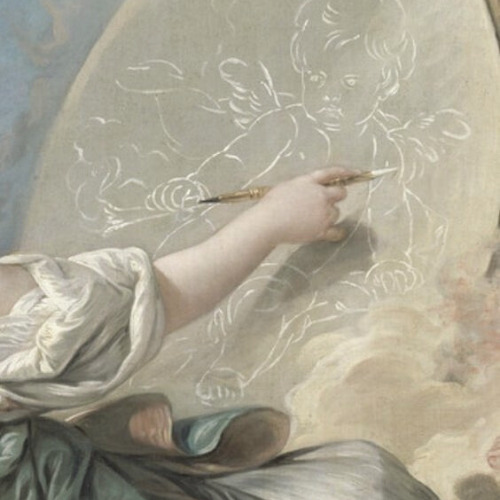
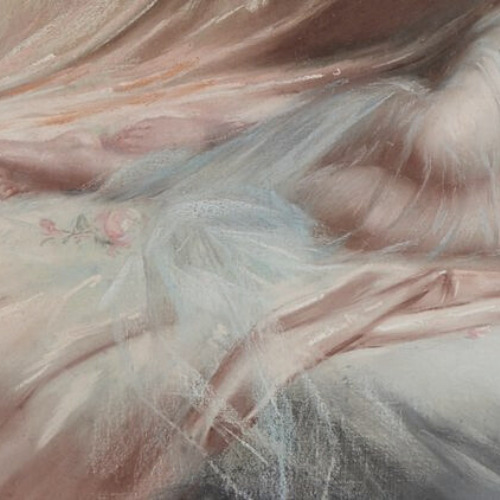
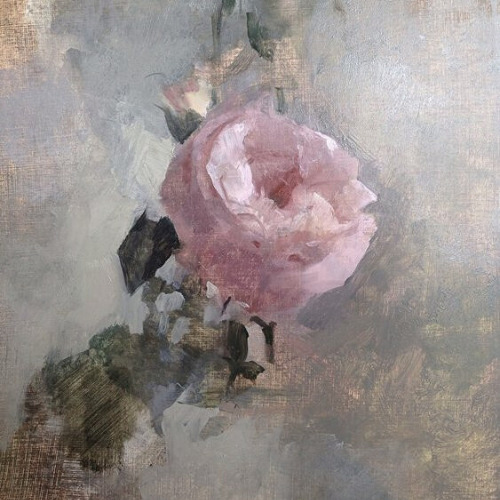
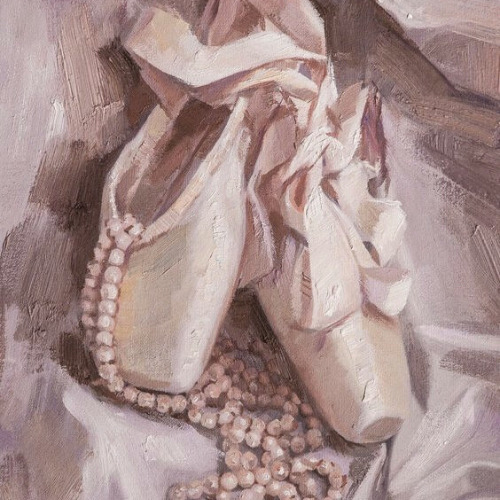
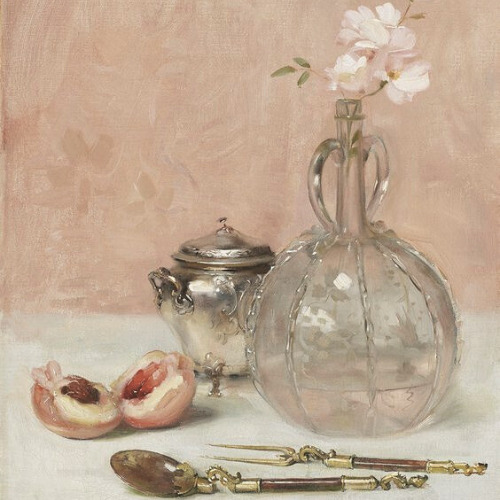
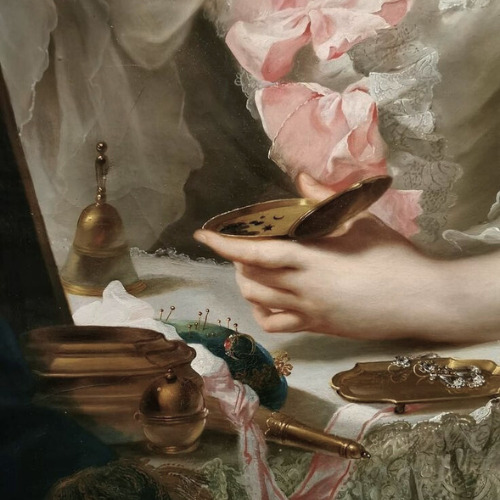

art aesthetics: coquette
#artist is john singer sargent#artist is alexandre-jean dubois#artist is armand dore#artist is hobbe smith#artist is m graziella pani#cant find artist#artist is edouard bisson#artist is charles courtney curran#i cant find the artist-#artist is elizabeth brandon#artist is pierre mignard#artist is auguste leroux#artist is guillaume seignac#artist is guillaume seignac-#artist is eduard veith#artist is arturo ricci#artist is francois-hubert drouais#artist is rupert bunny#artist is frederic soulacroix#artist is vittorio reggianini#artist is francois boucher#artist is louis icart#artist is danny lailai#artist is francois boucher-#artist is delphin enjolras#artist is kathleen speranza#artist is kamskij savelij#artist is joseph bail#cant find artist-#artist is jan adam kruseman
793 notes
·
View notes
Text







florence + the machine lyrics x colors x textiles in art — yellow/gold
Rabbit Heart (Raise It Up) – Lungs // Portrait of Princess Maria Clementina Sobieska – William Mosman 👑 Only If For a Night – Ceremonials // Isabelle de Bourbon, Infanta of Parma – Jean-Marc Nattier 👑 Over the Love – Over the Love // Portrait of Archduchess Maria Maddalena of Austria – Frans Pourbus the Younger 👑 Over the Love – Over the Love // Portrait of Isabella Charlotte of Nassau-Dietz as Flora – Lancelot Volders 👑 King – Dance Fever // Portrait of Konstancja Krystyna Wielopolska – Pierre Mignard I 👑 Girls Against God – Dance Fever // Portrait of Barbara of Portugal, Queen of Spain – Jean Ranc 👑 Heaven Is Here – Dance Fever // Princess Louisa Maria Teresa Stuart – Alexis Simon Belle
#florence + the machine lyrics x colors x textiles in art#rabbit heart#lungs#lungs album#only if for a night#ceremonials#over the love#king#king florence#girls against god#heaven is here#dance fever#florence + the machine#florence and the machine#fatm#gold#yellow#art#art history#lyrics#lyric art
275 notes
·
View notes
Text
Don’t you just hate it when a ship you hate has cute and gorgeous fanart?

Pierre Mignard

Sebastiano Ricci (y’know what maybe I’ll redraw one of these as Aglaia and Hephaestus just to be spiteful)

Jacopo Robusti Tintoretto

I especially like this one by Giulio Romano, Hephaestus making Eros’ arrows is pretty cute (also the erote playing with fire at the back lmao)
#greek mythology#ancient greek mythology#greek pantheon#hephaestus greek mythology#hephastios#hephaestus god#hephaestus#hephaistos#aphrodite greek mythology#aphrodite goddess#Aphrodite#hephaestus x aphrodite#aphrodite x hephaestus#classical art#renaissance art#shipping art
28 notes
·
View notes
Text
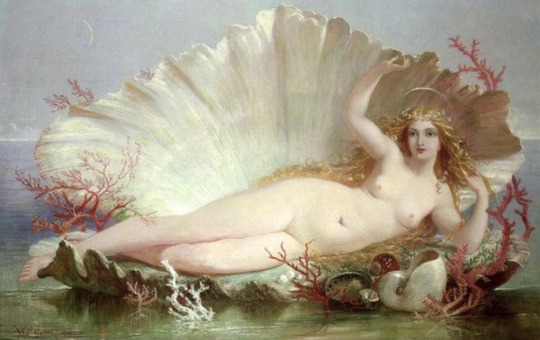

“Run your morning bath in sea foam
Soak your milky skin in the tide
Little pearl, you think you're in gold
But I can see the dirt in your lines”
I love that this song is a narration of Hephaestus’ thoughts/emotions towards Aphrodite.
Credits:
Lyrics: “Alrighty Aphrodite”, Peach Pit
Art 1: “The Birth of Venus” by Henry Courtney Selous, 1852.
Art 2: “Lady holding a dish of pearls” by Pierre Mignard (cropped detail)
#poetry#art#venus#hephaestus#peach pit#greek posts#greek mythology#greek gods#aphrodite#the birth of venus#pearl art#art history
41 notes
·
View notes
Text

Philippe I, Duke of Orléans. Circle of Pierre Mignard.
#royaume de france#maison de bourbon#bourbon orleans#philippe de france#duc d'anjou#duc d'orléans#monsieur#vive le duc#versailles#pierre mignard#in armour#museo del prado#maison d'orléans
18 notes
·
View notes
Text
Explaining One of VTMB Paintings (part 16)
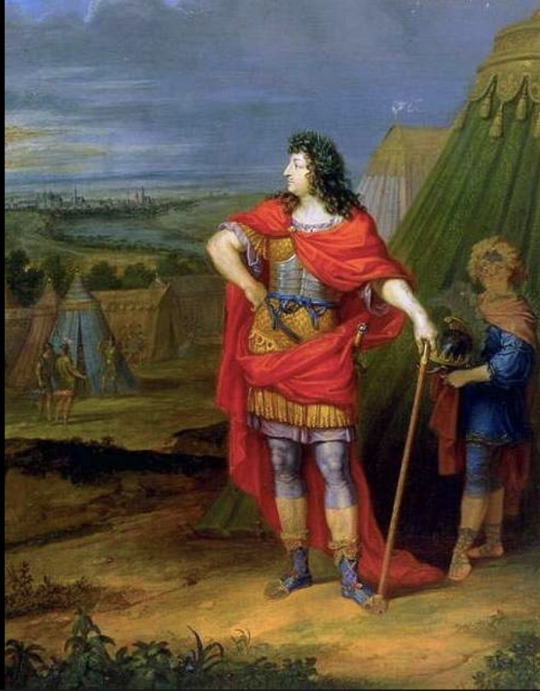
Louis XIV en Empereur Romain [Louis XIV depicted as Alexander the Great] (second half of 17th century) by Unknown artist.
So this piece is difficult as the artist and any info on this one piece is very sparse online.
The painting depicts Louis XIV [Louis the 14th also known as Louis the Great] (September 5 1638 – September 1 1715) who was the king of France from 1643 until his death in 1715 which makes him still currently (as of 2023) the longest (verifiable) reign of reign of 72 years and 110 days which is the most of ANY sovereign whose reign we can verify.
The description of his reign as monarch given on the Versailles official website is:
"As sovereign by divine right, the King was God’s representative on earth. It is in this respect that his power was “absolute”, which in Latin means literally ‘free of all restraints’: the king was answerable to no one but God. During his coronation, Louis XIV swore to defend the Catholic faith. To honour this pledge and preserve the religious unity of his kingdom, he cracked down on the Jansenists of Port-Royal and ordered the persecution of Protestants. The previous policy of religious tolerance was abandoned with the revocation of the Edict of Nantes in 1685. Protestants were forced to convert, and over two hundred thousand fled the country. From his base in Versailles, Louis XIV ruled over a centralised, absolutist state which revolved entirely around him. The King lived in the main wing of the palace, on the first floor, in a suite of three apartments reserved for his use. He applied a strict etiquette at court, a set of rules and protocols by which his noble courtiers were obliged to abide. With the help of Colbert, he oversaw the administrative and financial reorganisation of his realm, and also set up manufactures and worked to boost trade. With Louvois he reformed the army and enjoyed a string of military victories. "[1]
It is most likely a replica based of a lost portirt of Louis XIV as a Roman Emperor painted by the well know Frencch court painter Pierre Mignard. This is due to the many compositional similarities to a copy of this work painted after Pierre Mignard death shown below.

Louis XIV as a Roman Emperor (Copy of lost painting by Pierre Mignard)
Whats note worthy is that in both paintings Louis XIV is not being depicted as himself leading his army in contemporary(for his time) battles but instead being depicted as Alexander the Great.
"Alexander the Great, also known as Alexander III or Alexander of Macedonia, (born 356 BCE, Pella, Macedonia [northwest of Thessaloníki, Greece]—died June 13, 323 BCE, Babylon [near Al-Ḥillah, Iraq]), king of Macedonia (336–323 BCE), who overthrew the Persian empire, carried Macedonian arms to India, and laid the foundations for the Hellenistic world of territorial kingdoms. Alexander the Great was one of the greatest military strategists and leaders in world history. He was also ruthless, dictatorial, and ambitious to the point of regarding himself as divine. His conquests of the Mediterranean states, the Persian empire, and parts of India spread Hellenistic culture across these regions"- Summery from Encyclopedia Britannica. [2]
So by depicting Louis XIV as Alexander the Great the artists are associating Louis XIV's reign and his accomplishments with being on the same scale and impact as Alexander the Great. In terms of the pairings place in VTMB this is especially important because the only place this painting appears is in Sebastian LaCroix's office. Specifically it hangs over the entrance way which makes it one of the two paintings LaCroix faces from his desk. The other painting being Pierre Séguier, Chancelier de France (translated Pierre Séguier, Chancellor of France) oil on canvas 2nd quarter of the 17th century (1660 - 1661) by Charles Le Brun (See part 5). And as I pointed out in my explainting of Pierre Séguier, Chancelier de France, LaCroix's is someone who claimed to be “an officer in Napoleons army” yet has a lot of French Royalists paintings. It is also of note as the only other large paintings of this scale that he has in his office are three different painting of Cain slaying his brother Able by different artist yet it is the paintings of King Louis XIV (whose reign of 72 years and 110 days is the longest of any sovereign in history whose date is verifiable.) and his chancellor of France, Pierre Séguier that he looks directly at from his desk in his Versailles style office. Indicating that these mere HUMAN men*[as far as I know nether were embraced in VTM canon but don’t quote me] are more significant role models to LaCroix then Cane father of all vampires. It also tells us that just how Louis XIV is being depicted as Alexander the Great was used by the artist order to elevate him and his reign as King of France to the same historical significance and prestige as Alexander the Great, LaCroix aspires to elevate his rule as the Prince of LA in Kindred society/history to the same level as both of these human rules have in mortal history if not beyond that. And again despite having three paintings of Cain, all of them at the same height and size yet are to the side rather then across from LaCroix's desk, almost as if they are peripheral. Almost as if Cain's reign as Father of all Vampires and Ruler of the First City of Enoch is below the level of importance/significants of Louis XIV, Alexander the Great and even Pierre Séguier (who wasn't even a reigning Sovereign, just Chancellor of France). The accomplishments and legacy's of all three of these men who were only ever human (again as far as I can tell none of them were ever embraced) are seemingly above that of Cain in LaCroix's mind based on how he's chosen to arrange the paintings in his office, and he may be attempting to hide this fact and would explain why he chose to have having 3 different painting all depicting the Cain slaying his brother Able hanging at the same level as the two painting depicting the legacies of three mortal men.
[1]“Louis XIV .” Palace of Versailles, 17 Feb. 2023, en.chateauversailles.fr/discover/history/great-characters/louis-xiv#the-royal-family.
[2] Walbank, Frank. “Alexander the Great.” Encyclopædia Britannica, Encyclopædia Britannica, inc., 5 Oct. 2023, www.britannica.com/biography/Alexander-the-Great.
#explaining one of vtmb paintings#vtmb#sebastian lacroix#art history#louis xiv#alexander the great#vampire the masquerade
26 notes
·
View notes
Text
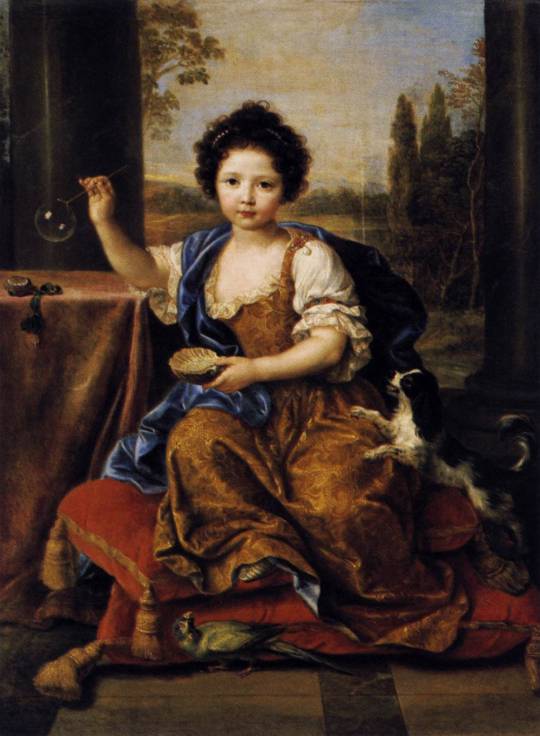
"Louise-Marie de Bourbon, dite Mademoiselle de Tours; La fillette aux bulles de savon"
By Pierre Mignard
Oil Painting, 1681.
Château de Versailles.



PORTRAIT SUBJECT
La fillette aux bulles de savon, or the commonly found English title, Girl Blowing Soap Bubbles, is a portrait of innocence during the Franco-Dutch War.
The child shown is Louise-Marie de Bourbon, the daughter of the Sun King, Louis XIV, and his Maîtresse-en-titre, Françoise-Athénaïs de Rochechouart (Madame de Montespan). I'm sorry, I don't know why they popped off with the names like that when they're planning to reuse Marie and Louis fifty times over ptdr. Louise-Marie, affectionately known as Toutou, was an illegitimate birth (1674), later legitimized by her father when she was around two years old. She held the title of Mademoiselle de Tours from then until her untimely death in 1681.
According to sources, Mignard's painting of the six-year-old girl was finished posthumously. But, her innocence is held delicately, frozen in time on canvas.

THEMES OF CHILDHOOD INNOCENCE (TL;DR: YAPANESE)
Mignard's choice to paint Louise-Marie as an actual child was uncommon for the time (even centuries later, believe it or not; maybe not so good examples, but for argument-sake: Louis XV by Hyacinthe Rigaud, Mariana Victoria of Spain by Nicolas de Largillierre, Phillip II, Duke of Orléans, Reagent of France by Largillierre, and Élisabeth Charlotte d'Orléans, "Mademoiselle de Chartres" by Largillierre -- apologies for throwing you strays, man, I'm trying to finish writing this and your children portraits were on the same website next to each other x), as young royalty are painted either as babies (unbreeched/baptize gown) or as tiny adults (fixed in uncomfortable poses and wearing clothes a monarch would), no in between. Here, Louise-Marie is playing with bubbles, her dog jumping towards it, and she looks carefree, still with chubby cheeks of rose. It doesn't help much that children were seen as heirs to the family fortune, especially during a time when parents had multiple kids due to illness (premature death) and bringing in income (need I explain more... *cough cough* coal mines... a bit anachronistic, sorry breaker boys, some other time we'll discuss y'all).
A painting such as this one, showing a realistic human experience from a royal status and that of a child BEING a child, innocence still intact, is quite important, even in today's form. We take childhood for granted, and kids are forced to grow up despite having more rights now than before. It can be a portrait to remind us that innocence is vital (a lack of childhood is detrimental as the experience is needed in order to mature mentally and emotionally when entering the teen and adult stages of life), but also that we as humans weren't so different from back then (sure, you can claim we bathe more than they do despite your husband still not washing his ass, but my heavens, did the thought 'wait, they had bubbles back then' ever occur to you?).
Genuinely, I was going to pull a La Muse Verte (the post where I briefly explained the history of absinthe) and go into the history of bubbles... because you gotta admit, that'd be fun for the both of us. However, delving into the background and theme of this painting became more heartbreaking for me. The bubble idea isn't gone, but it'll be postponed as a full history lesson post (and, yes, Mignard's painting of the immortalized Toutou will be recycled).

FURTHER READING (EXTRA SYMBOLISTIC DETAIL)
Plenty more symbolism is present, but I highly recommend you all check out L'Art en Tête's in-depth article on Mignard's beautiful portrait. I did regurgitate some of the author's points in this because I thought they were brilliant, and you can tell they have an art-history degree, so I'm begging you to go over there for more detail if interested!

#art#painting#oil painting#artwork#history#french#french art#17th century#1600s#1600s art#late 1600s#17th century art#baroque#Pierre Mignard#Château de Versailles#versailles#Royalty#French history#louis xiv#sun king#symbolism#louise-marie#mademoiselle#art history#house of bourbon#early modern period#kingdom of france
8 notes
·
View notes
Text
Liselotte's Favourite Childhood Christmas
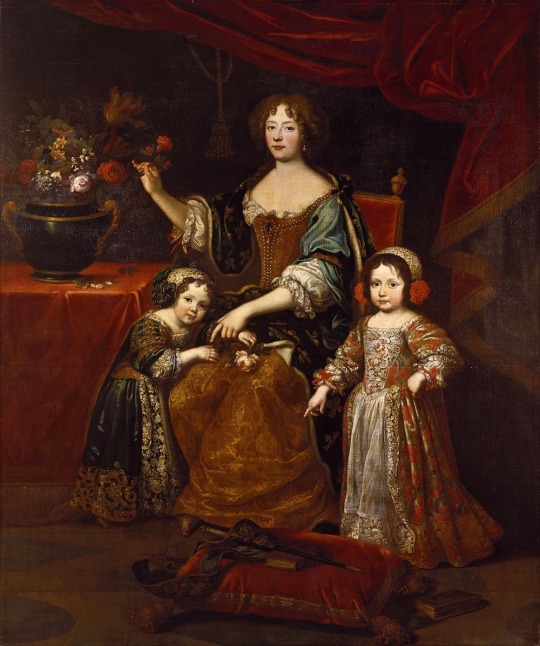
Liselotte von der Pfalz, Duchess of Orléans, with her two children Philippe and Elisabeth Charlotte, whom she wanted to experience the same Christmas festivities as she did as a child, c. 1678–1679 by Pierre Mignard.
A merry Christmas to all of you who celebrate (and of course an equally happy day to everyone who is currently celebrating a different holiday or none at all)!
Do you know that feeling of being nostalgic for the time when Christmas was a magical, festive season rather than a busy rush of obligations, get-together and worrying about presents, food and keeping all the relatives happy? You're not alone in that.
This year's Christmas post comes straight from the 17th century: on 11 December 1708, the Duchess of Orléans, more commonly known as Liselotte to her friends, family and posterity, recounted the magic of her favourite childhood Christmas, the last she spent in Hannover with her aunt Sophie (in the year 1660, I believe; Liselotte would have been 8 years old), to her daughter. Luckily, we still have the letter:
Ich weiß nicht, ob ihr auch jenes andere Spiel kennt, das man in Deutschland immer noch pflegt; man heißt es das Christkindl; dabei richtet man die Tische wie Altäre her und legt für ein Kind alle möglichen Sachen darauf, neue Kleider, Silber, Seidenbänder, Puppen, Naschereien und alles mögliche. Auf die Tische stellt man Buchsbäume, und auf jedes kleine Ästchen steckt man eine kleine Kerze: das sieht ganz wunderhübsch aus. [...] Ich erinnere mich, wie man in Hannover das letzte Mal das Christkindl zu mir kommen ließ: Man hat Schulbuben kommen lassen, die recht ordentlich eine Komödie spielen. Als erstes kommt der Stern und dann der Teufel und die Engel und schließlich der heilige Christ mit Petrus und den anderen Aposteln. Der Teufel schilt die Kinder und liest eine lange Liste mit ihren Untaten vor. Darauf sagt der Christ, daß er gekommen ist, sie zu beschenken, aber weil sie so böse sind, könne er nicht bei ihnen verweilen. Der Engel und der heilige Petrus bitten für sie und versprechen, daß sie sich bessern werden. Da vergibt Christus ihnen, und der heilige Petrus und der Engel führen sie zu den Tischen, die für sie bereitet sind [...]. Und als der heilige Petrus mich bei der Hand nahm -- es war ein kleiner Schuljunge mit einem falschen Bart --, da sah ich, dass er Krätze hatte, und daran merkte ich den Schwindel. [...] Und ganz bestimmt freue ich mich noch heute daran."
I don't know if you know that game which is still being maintained in Germany and called Christkindl [Christ Child]; they dress the tables, one for each child, in the style of an altar, and put all manner of things onto them, such as new clothing, silver, silk ribbons, dolls, sweets and much else. Onto the tables, they put little box trees, and on each little branch they place a little candle; it all looks very beautiful. I recall how they had the Christkindl visit me for the last time in Hannover: They had schoolboys come to act in a rather amusing comedy. At first, the star arrives, and then the devil and the angels and at last Christ with St. Peter and the other apostles. The devil scolds the children and reads a long list of their misdeeds to them. To this Christ replies that he has come to give them presents, but since they are so naughty, he cannot stay. The angel and St. Peter plead for them and promise that they will be good. Christ forgives them and St. Peter and the angel lead them to the tables which have been arranged for them [...]. And as St. Peter took me by the hand -- he was a little schoolboy with a false beard -- I remarked that he had scabies and saw through the sham. And without a doubt it still brings me joy until this day."
Sadly, this was to be the last Christmas of this sort Liselotte ever celebrated; her father, notoriously stingy to the point of arguing with his son's school at Heidelberg to lower the lunch fees citing poor young Karl's meagre appetite, was not one to indulge in grand festivities and when in France with children of her own, Liselotte, intent on bringing this favourite childhood tradition back for her own son and daughter, met with resistance from her husband. In a letter dated to January 1711 to Sophie von Hannover, the beloved aunt in whose home she had celebrated this favourite Christmas:
"hir weiß man gar nichts davon; wolte es introduciren, allein Monsieur sagte: 'Vous nous voulés donner de vos modes Allemandes pour faire de la despence, je vous baisse les mains'."
"They don't know nothing of it here; I wanted to introuce it, but Monsieur said 'You want to give us your German fashions [just to] create expenses, I kiss your hands."
So, young Philippe and Elisabeth Charlotte d'Orléans sadly never experienced the things that had made their mother's childhood Christmasses special, most crucially, they never had a Christmas tree, which would not arrive in France until after WWI.
To some degree, Liselotte's Christmas still exists materially; we know Christmas trees, presents still look very much the same, and there are holiday-themed plays both secular-ish and classic nativity plays put on by children, albeit luckily with a less harsh moral undertone.
But what's perhaps the most important, contrary to Philippe d'Orléans's fear of overspending is the aspect is to pass the joy of the festivities on, and share it with others because in the end, what's more precious than all the new clothes, silver, silk ribbons, dolls and sweets are the happy memories of the day.
Quotations taken from:
Dirk Van der Cruysse: Madame sein ist ein ellendes Handwerck. Liselotte von der Pfalz. Eine deutsche Prinzessin am Hof des Sonnenkönigs (1995), 4th edition 1997, p. 85 f.
#liselotte von der pfalz#philippe d'orléans#philippe ii d'orléans#elisabeth charlotte d'orléans#history#christmas#17th century
13 notes
·
View notes
Text
Some post Louis XIV fashion -

1715 Jeanne-Cecil Le Guay de Montgermon, three quarter length in a white satin robe with gold trimming and a ruby and pearl brooch by Nicolas de Largillière (Robilant & Voena, specific location ?). From their Web site; From their Web site; fixed spots in background with Photoshop and increased color saturation. 2721X3532.

1716 Mary Josephine Drummond, condesa de Castelblanco by Jean Baptiste Oudry (Museo del Prado - Madrid, Spain). From their Web site;fixed spots w Pshop 2045X2717.

ca. 1715 Louise Adélaïde de Bourbon by Pierre Gobert (Châteaux de Versailles et de Trianon - Versailles, Île-de-France, France) photo - Gérard Blot. From Réunion des Musées nationaux; enlarged by half 726X956.

ca. 1715 Sarah Lascelles (1656/1659–1743), Mrs Joshua Iremonger II, then Mrs Christopher Lethieullier by Michael Dahl I (Uppark House and Garden - South Harting, Petersfield, West Sussex, UK). From bbc.co (now artuk.org) 652X800.
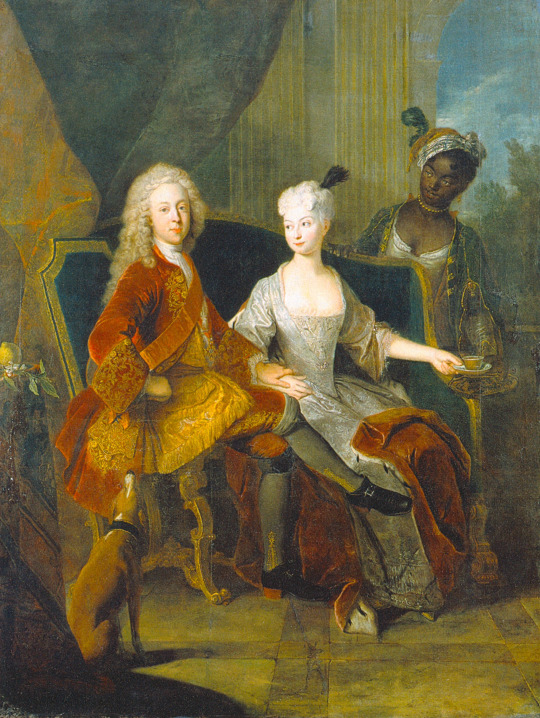
ca. 1716 Friedrich Ludwig of Württemberg and his wife Henriette Marie of Brandenburg-Schwedt by Antoine Pesne (Staatliches Museum Schwerin - Schwerin, Mecklenburg-Vorpommern, Germany). From Wikimedia; removed spots and linear and splotch flaws with. Photoshop 2078X2763.
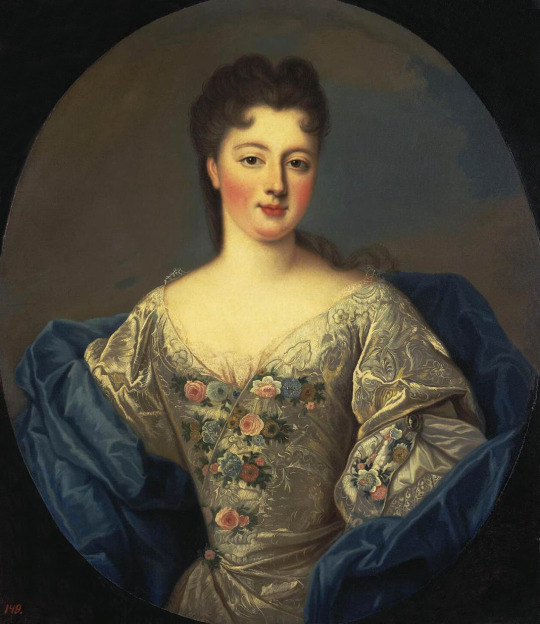
ca. 1716 Marie Louise Adélaïde d'Orléans the future Abbess of Chelles, daughter of the Regent of France by Pierre Gobert (Domaine de Sceaux - Sceaux, Hauts-de-Seine, Île-de-France, France). From Wikimedia; fixed spots w Pshop 1069X1235.

ca. 1717 Madame de Ventadour by Pierre Mignard (Châteaux de Versailles et de Trianon - Versailles, Île-de-France, France). From Wikimedia 1516X2000.The abundant lace ruffles on her sleeves point to the future while the headdress looks back to Fontanges and cleft coiffures.

Lady, said to be Marie-Elisabeth Le Fèvre de Caumartin (d. 1717) by Nicolas de Largillière (Sotheby's - 13Jun07 auction Lot 56). From their Web site; fixed obvious spots & cracks w Pshop 2396X2866.
#1710s fashion#late Baroque fashion#Rococo fashion#Georgian fashion#Louis XV fashion#Nicolas de Largillière#Jean Baptiste Oudry#Michael Dahl#Antoine Pesne#Pierre Gobert#Pierre Mignard
5 notes
·
View notes
Text
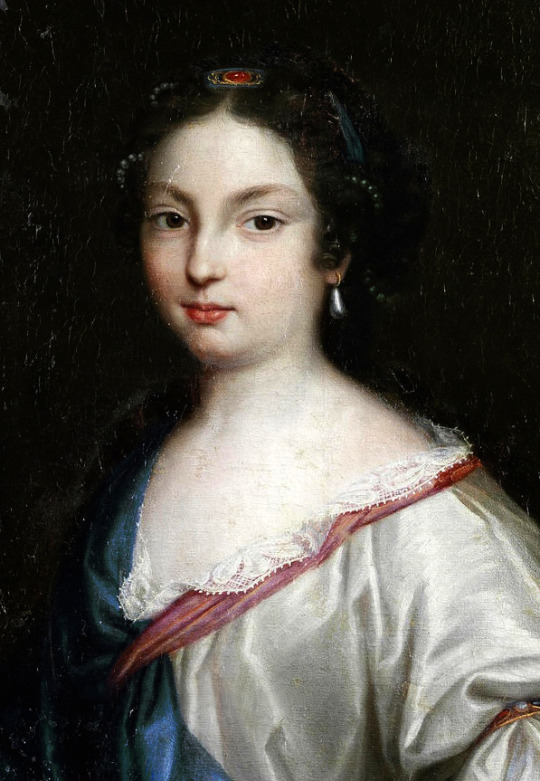
Pierre Mignard I, circle of (French, 1612-1695)
Portrait of a Lady , three-quarter-length, in a white silk dress and a blue shawl, arranging flowers, 17th century
#Pierre Mignard I#1600s#this is not Claude de Vin des Œillets#french art#art#fine art#european art#female portrait#female#portrait#portrait of a lady#women in art#european fashion#classical art#traditional art#mediterranean#europe#european#europa#oil painting#fine arts#brunette#woman#black eyes#brown eyes#spring
11 notes
·
View notes
Text
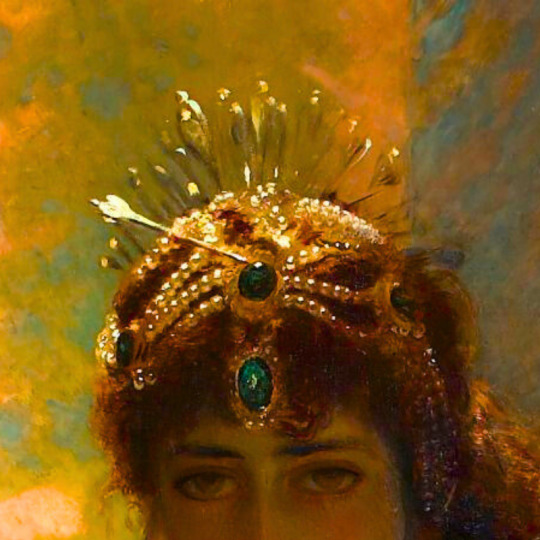
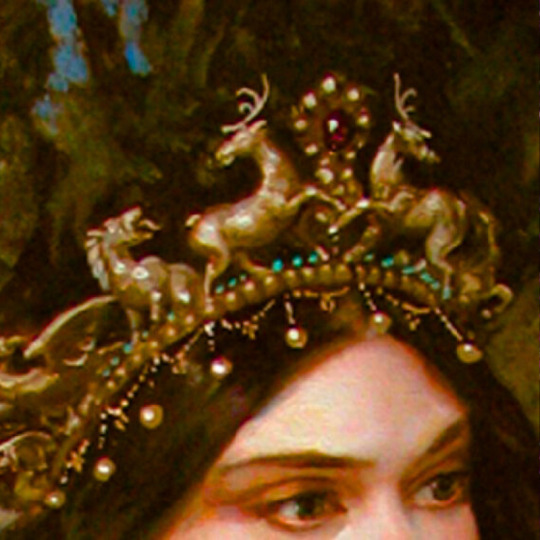
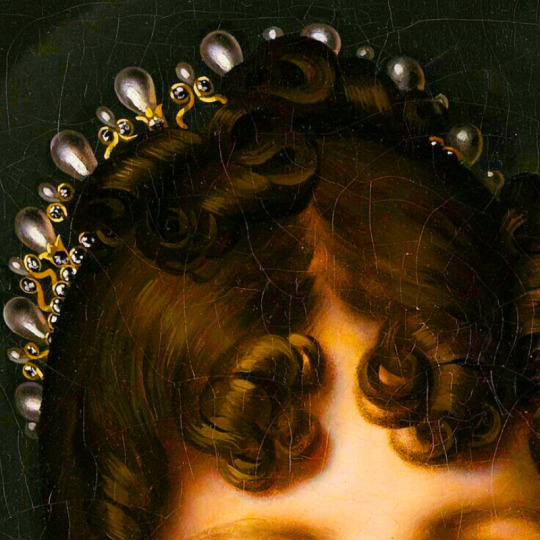
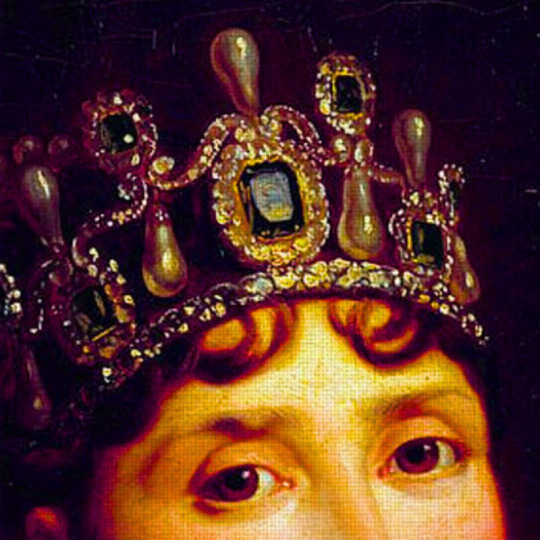
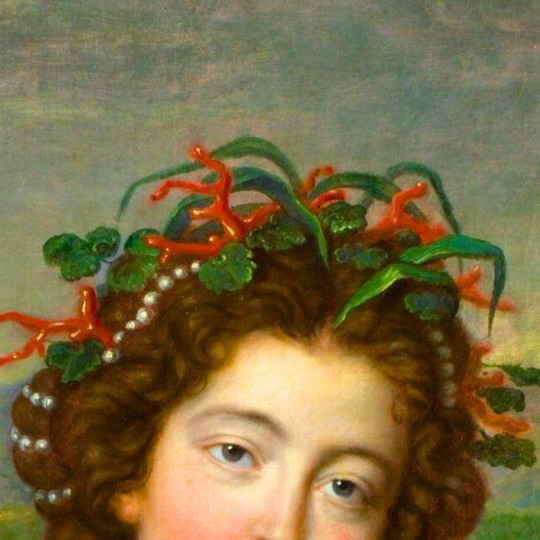
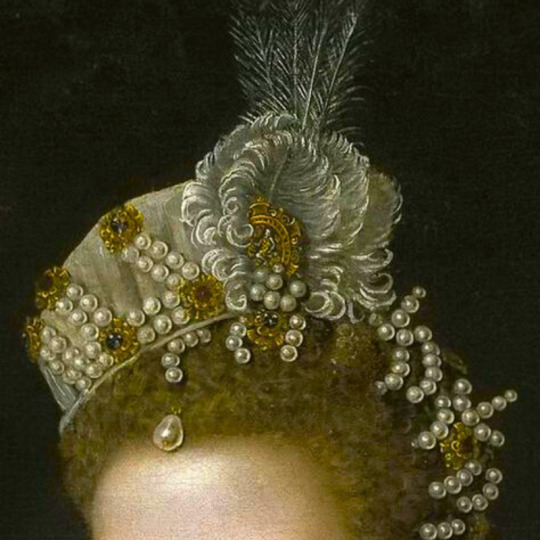
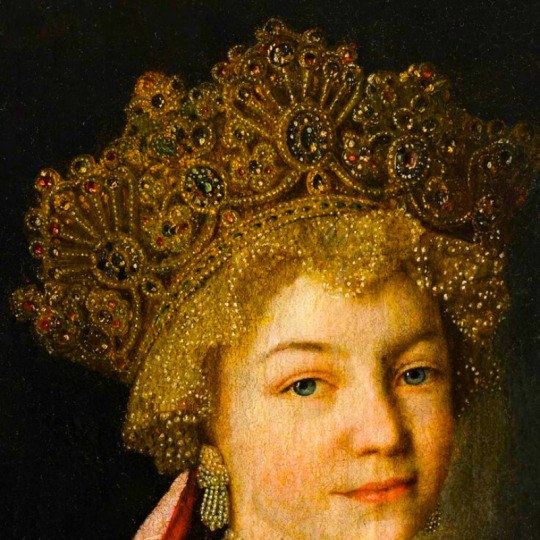
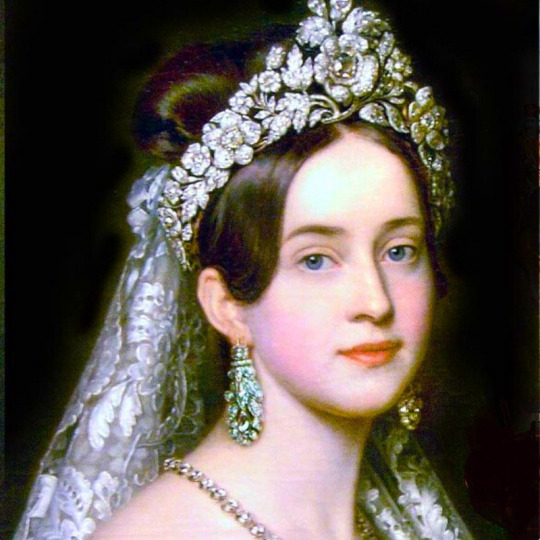
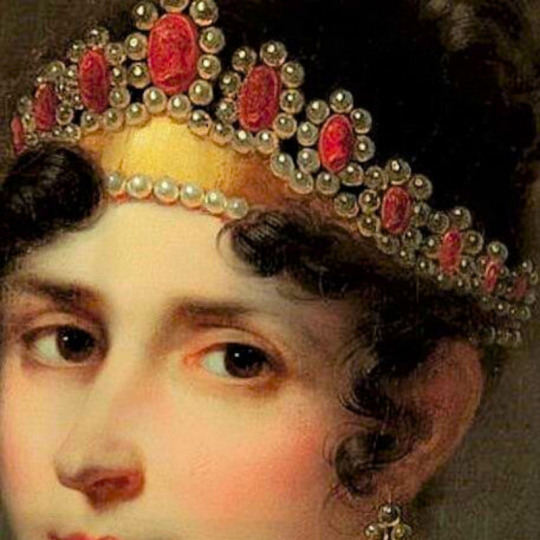
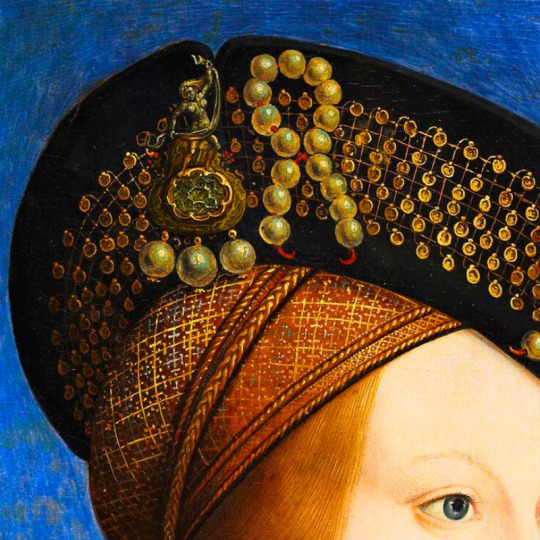
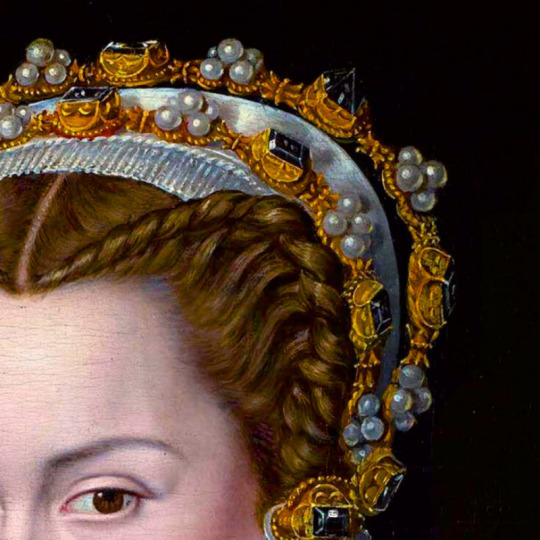

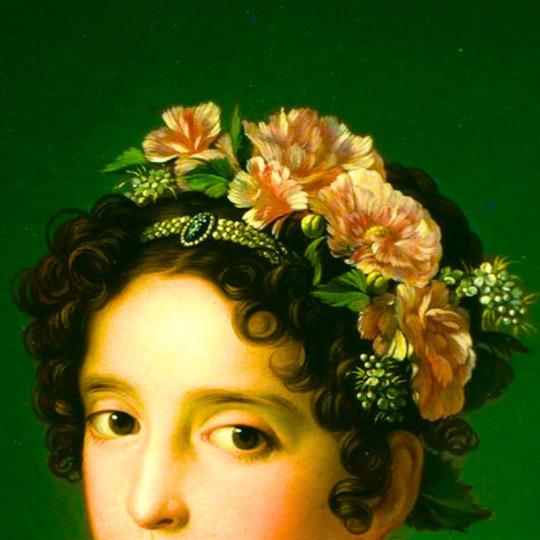
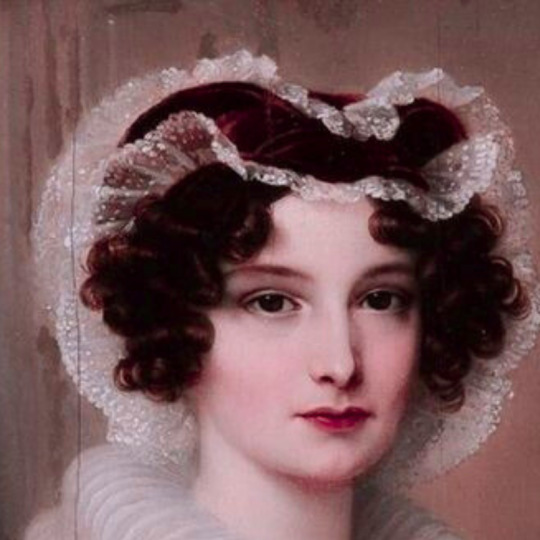
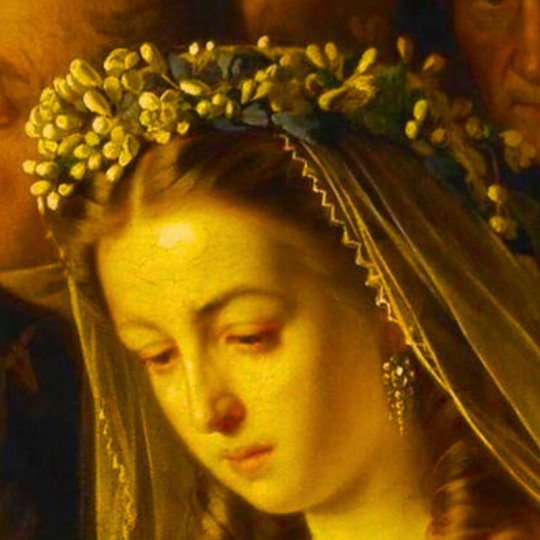
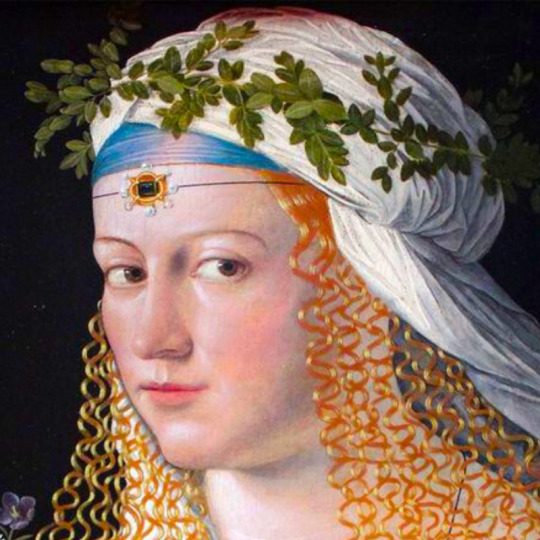
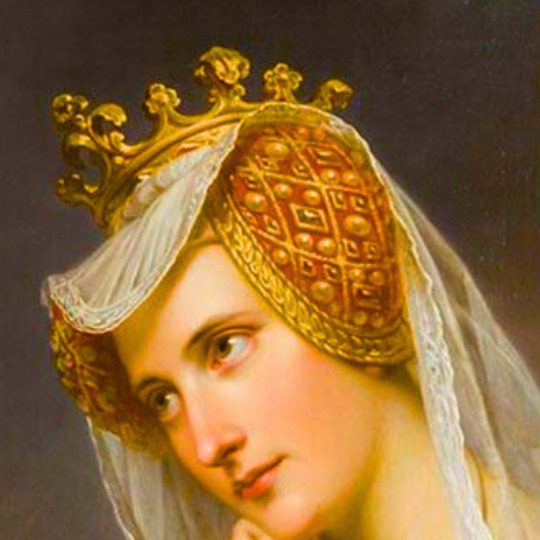
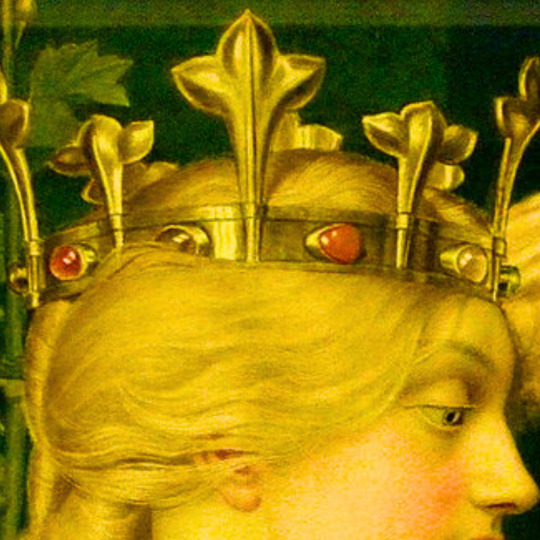
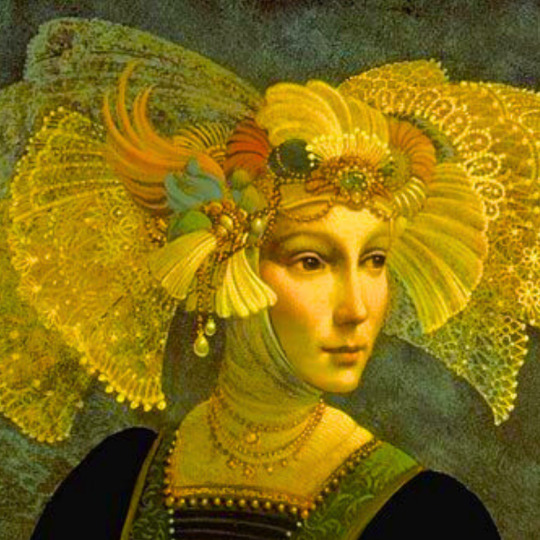

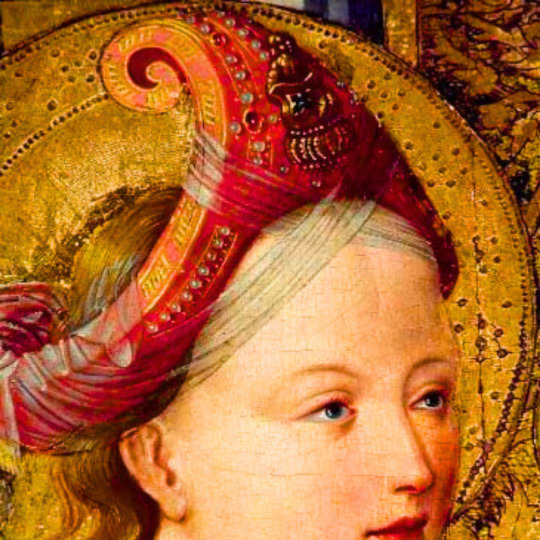
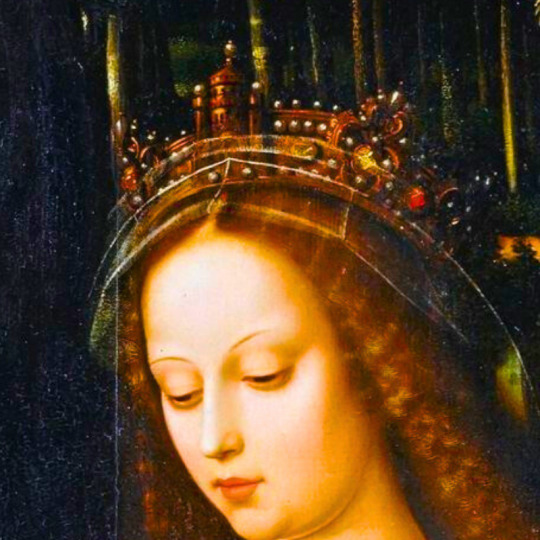
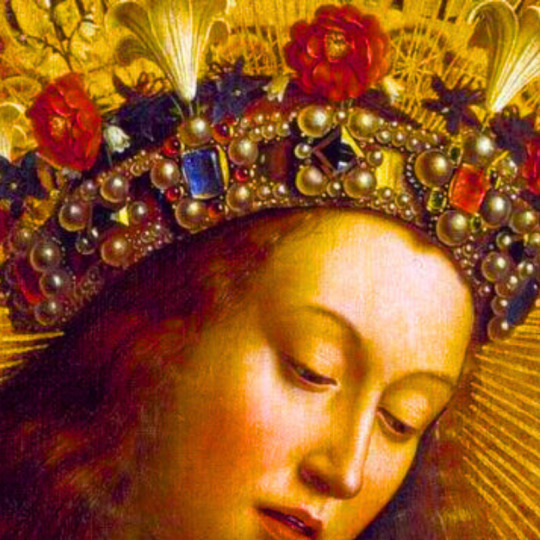
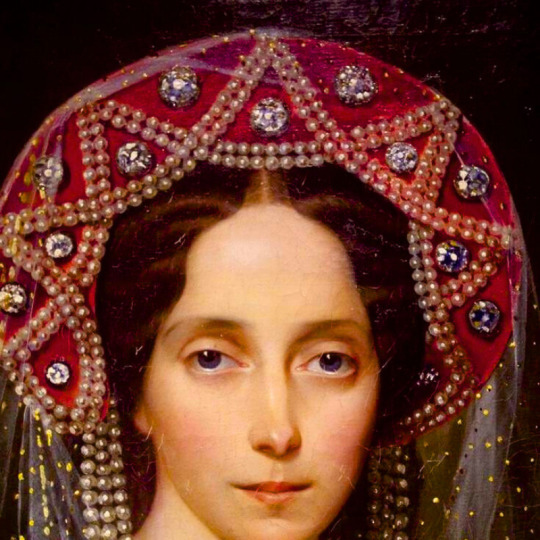
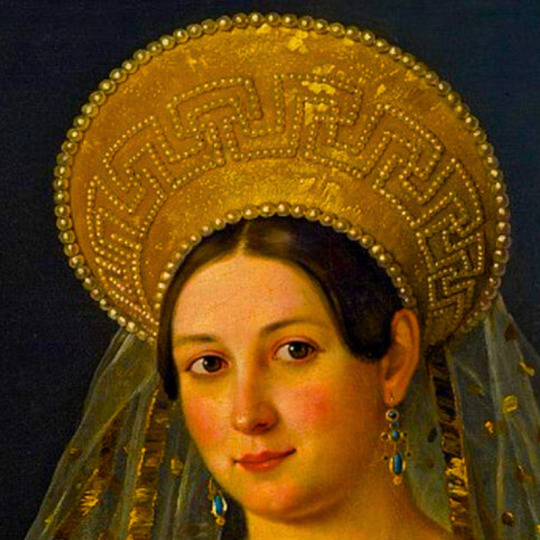

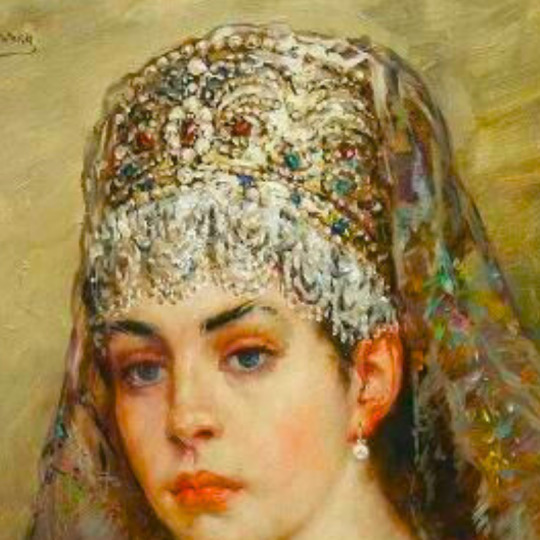
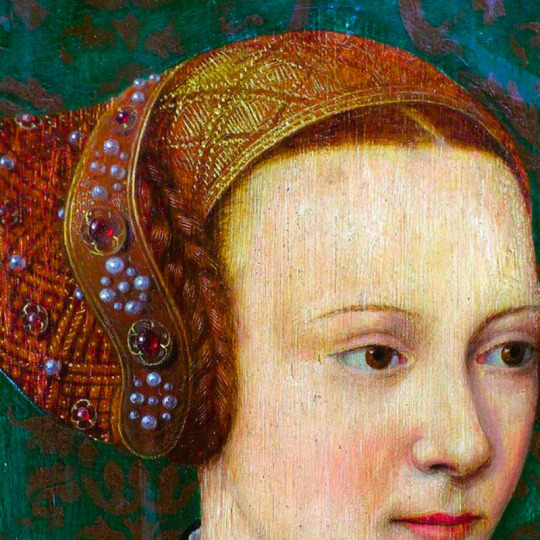
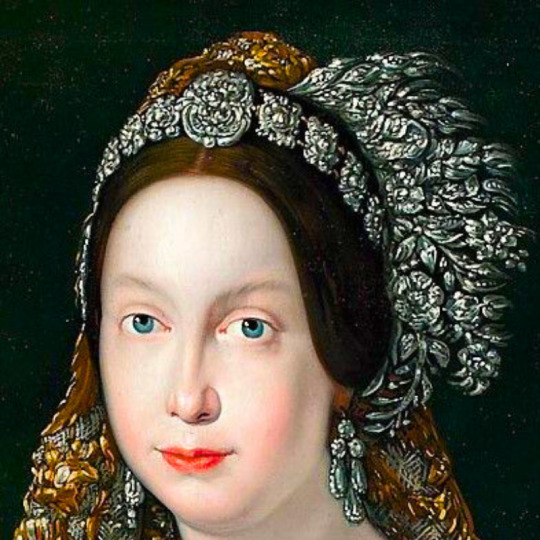

art + hair pieces
#orientatalin by edouard frederic wilhelm richter#cant find this one#this one either its tougher than you think to reverse search them#portrait of josephine de beauharnais by francois gerard#the marquise de seignelay and two of her sons by pierre mignard#infantin isabella clara eugenia at age 13 by alonso sanchez coello#grand duchess alexandra pavlovna romanova of russia but i cant find the artist#marie frederike amalie queen of greece by joseph karl stieler#empress josephine by jean louis viger#queen anna of hungary and bohemia by hans maler#elisabeth of austria by jooris van der straaten#anne wortley by paul van somer#manuela gonzalez velazquez tocando el piano by zacarias gonzalez velazquez#adelingen by heinrich friederich fuger#the unequal marriage by vasili pukirev#idealised portrait of a young women as flora by bartolomeo veneto#a portrait of a noble lady by jan adam kruseman#changing the letter by joseph edward southall#lorelei by james c christensen#the crucifixion by jacob cornelisz van oostsanen#saint dorothy i think this is the title its kinda confusing by i cant find the artist#saint barbara by ambrosius benson#virgin mary by hubert van eyck and jan van eyck#princess maria alexandrovna by ivan makarov#ladies in the blazon room of the winter palace by adolphe ladurner#queen marie therese and her son by charles beaubrun#boyar's wife by konstantin yegorovich#dont know the title but its by barthel bruyn the elder#queen isabella ii of spain by unknown artist#portrait of maria therese charlotte of france by antoine-jean gros
1K notes
·
View notes
Text

Pierre Mignard, Louise de Kéroualle, Duchess of Portsmouth, with an unknown female attendant, 1682, oil/canvas (National Portrait Gallery, London)
Apparently, I am on a portraits of royal mistresses kick. Yesterday, Pompadour and Louis XV. Today, Louise and Charles II.
14 notes
·
View notes
Text

Compilation of anonymous portraits of le Grand Dauphin.














Presumed to be painted by Pierre Mignard I.
0 notes
Text
Daylight savings time more'n minute effect on me
In 2024, daylight savings time will begin at two o'clock ante meridiem on Sunday, March tenth. That will mean losing an hour of precious sleep and moving the clocks (around your house, and sundry frequented places) forward one hour, though your cell phone, computer, and television plus other electronic devices will likely automatically adjust. The sun will appear to rise and set an hour later.
Father time evinces spectacular robustness despite weathering setback of countless finagling representation viz Chronos (/ˈkroʊnɒs, -oʊs/; Greek: Χρόνος, [kʰrónos], "time"), also spelled Khronos or Chronus, is a personification of time in pre-Socratic philosophy and later literature. Chronos. Personification of time. Time Clipping Cupid's Wings (1694), by Pierre Mignard. Symbol.
Though crafted a few years back
jet lag effect affects yours truly
twice each year when schedules
within body electric
such as circadian rhythm
dislocate psyche
analogous to seismic shift
NOT attributed to global warming,
nor aeronautically bound sky high,
but linkedin to hour hand
on analog clock
set ahead or behind one hour.
Just about a bajillion moments ago
(from date/time
I wrote these words),
a dawning realization
arose within this sol son begat
from ma late mother
and (initial commencement
of this poem) while
then octogenarian widower father,
lived at Normandy Farms
Senior Community
in Blue Bell, Pennsylvania
(he since passed away
October 7th, 2020)
oh... no nothing cat
tuss strophic, boot
merely the revelation,
how fist bumping dee clocks
an hour hand ahead
remembered by dat
dog gone refrain
spring ahead, and fall back,
this unemployed chap
doth down play eclat
attests that his quotidian rising
schedule minimally affected
holed up here
in Highland Manor named flat
roomy enough for thyself, the Missus,
and buzzfeed ding fruit flies
each approximately the size of a gnat
a minor nuisance, though tolerable
within this appealing habitat,
where minor inconvenience experienced
by this Schwenksville, Pennsylvania resident
cuz as a recipient
of social security disability
(social anxiety) this psyche didst get rent,
which fixed (unearned) income budgeted
and predominantly costs
of living money spent
hence no need to arise
bright tailed and bushy black eyed,
pea yon sought freedom akin
to folks camped out in a tent,
which exemption immunizes
this doodle ling middle aged
muddle brained chap subjected to ranting
courtesy early morning drivers,
who angrily, frenetically,
and splenetically rant and vent
thus, the tendency, piquancy, and lunacy
to twitter (for the Yardbirds),
and keep company
with night owls, who went
a hooting for all the world wide web
to hear, whence dawgs Bach
the exact number of hours, yet oblivious
to the tight rigorous
tenon mortised schedule
manned by Mister Clock,
essentially foisting on Bread Winners,
an abstract artificial construct spurring
madcap commuters
to scurry in the rat race,
lest tardiness could cost
more than paycheck
(to ap pier with permanent dock
hue ment aye shun),
an unwonted blot add hoc
king worry about getting canned -
i.e. on permanent furlough,
perhaps forced into a life of crime,
yet if caught...
wasting away in a jail cell
as warden turns the lock
one redeeming factor,
would offer opportunity to mock
management, and more pertinently
mandate to rock
and roll to the incessant muted,
rhyme without reasonable schlock
yet devastatingly loud tick tock
analogous to stir fries
noisily prepared in wok.
0 notes